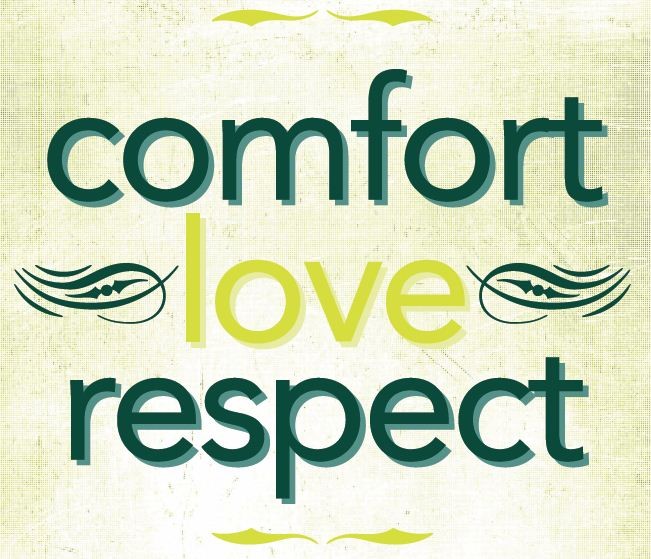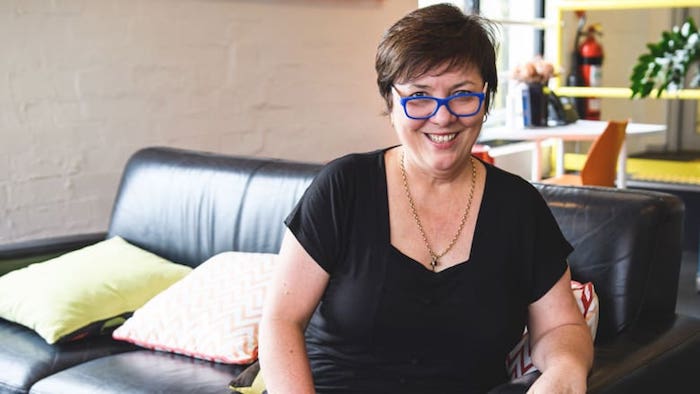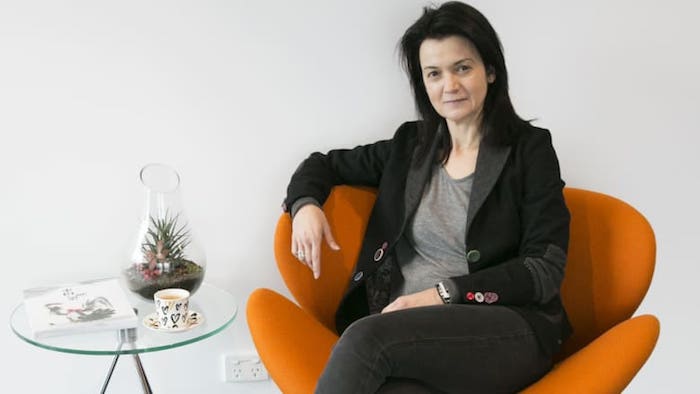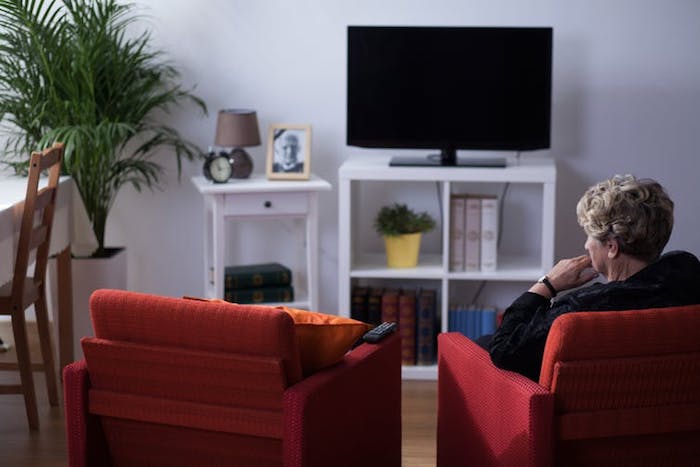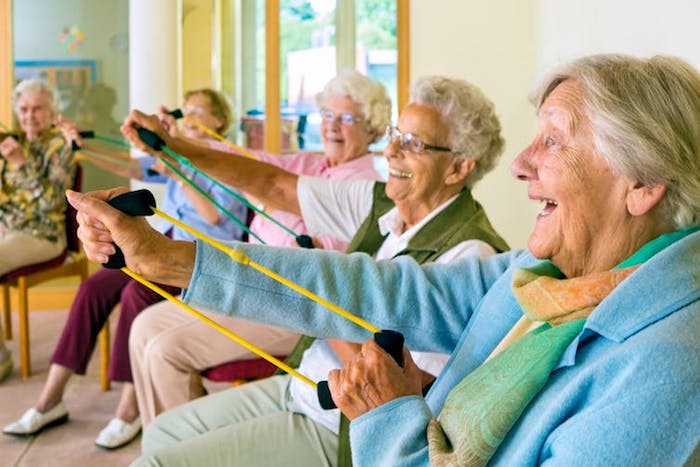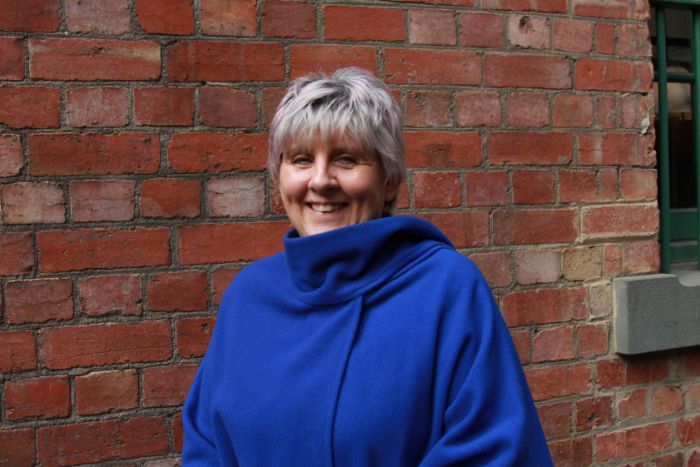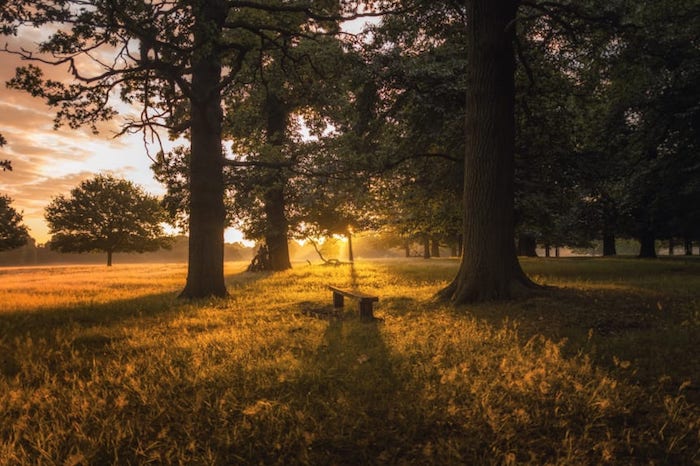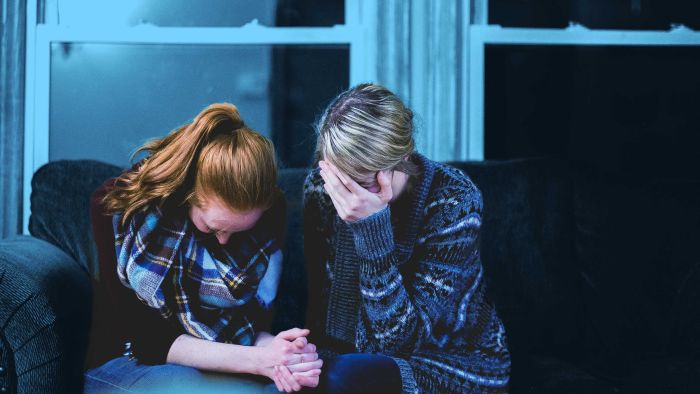
By Carol Rääbus and Roisin McCann
When his grandfather died in the emergency department of a Hobart hospital, Andreas was by his side.
“I was really frightened.”
It was Andreas’s first experience of being with a dying person and it made him anxious.
“As his breathing slowed down and he was taking less and less breaths, I was worried about how I was going to feel when he didn’t take any more,” he says.
“And then he had one final really deep inhale and exhale, and it was fine.
“I wasn’t panicked at all. I thought ‘Oh, it’s not weird’.
“Death isn’t weird at all, really. It’s quite normal and kind of OK.”
The idea of sitting with someone who’s dying, particularly when they’re someone you care about, is something many of us find overwhelming.
What’s going to happen? Should you talk about the football? Ask them what they want at their funeral? How you can make granddad feel more comfortable?
We asked a range of people, who regularly spend time with those who are at the end of their lives, to share what they’ve learnt about being with someone who’s dying.
When should I visit someone in hospital or hospice?
Hospice volunteer Debra Reeves says her first bit of advice is to find out when you’re allowed to visit a hospital ward or facility.
Hospital wards often have compulsory quiet hours when no-one is allowed to visit, and those hours are often different from ward to ward in the same hospital.
Check in with a nurse, or someone who’s been there a while, to find out if the person you want to see is up for visitors. The same goes for visiting someone in their own home — always check if it’s a good time for you to be there.
Should I bring food, photos or mementos?
Again, check first. Ask what the rules are at the facility beforehand, or ask the person whose home it is.
Smells can be strongly linked to memories, so if you know your grandma, for example, always loved the smell of roses, take them in.
End of Life Doula Leigh Connell recommends not wearing strong perfumes as they can be overwhelming.
Bringing food is often one of the first things we think of as a way of comforting someone. Depending on the situation, the person might not be able to eat something you bring, but the gesture can still be appreciated.
“If you know they like the smell of mandarins, take mandarins, even if they don’t get to eat them,” Leigh says.
Meaningful photos and items can be comforting for the person, but don’t take in too many things and make clutter.
What should I say?
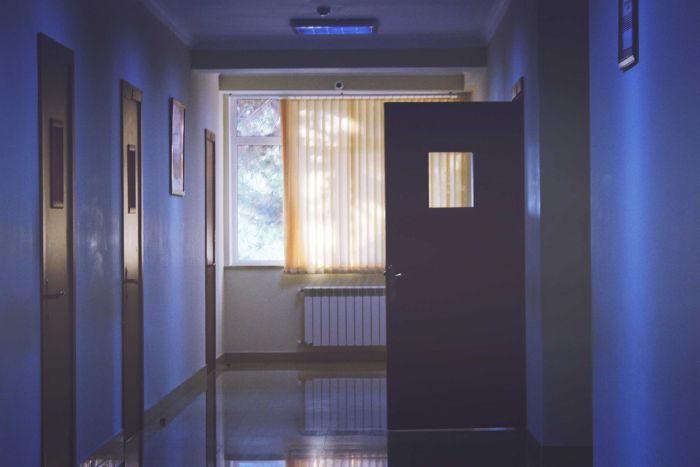
Not knowing what to say is one thing many people in this situation worry about.
Those who spend a lot of time with the dying all tend to say the same thing — you don’t need to say anything.
“Don’t say a lot. Let them talk,” Maria Pate from Hospice Volunteers says.
“Or let the silence be there.”
Launceston priest Father Mark Freeman says often simply being in the room can be enough comfort for the person.
“Often that presence is a reassurance to them that things are all OK,” he says.
If being silent and still is difficult, you could take something with you to keep yourself busy.
Leigh’s suggestion is to try something you know the person liked doing — playing cards or knitting. Even if you’re not good at the activity, it can make a connection.
Andreas’s advice is to be open and admit you’re scared.
“If you’re not comfortable talking to someone who has a terminal diagnosis, maybe just say, ‘I’m having trouble with this’,” he says.
Should I hug them if they look frail?
Giving a loved one a hug is often the quickest way to let them know you care.
But if you’ve never hugged your uncle before, don’t feel you have to.
Though it can be intimidating when someone is particularly frail, a gentle touch of the hand can bring a lot of peace.
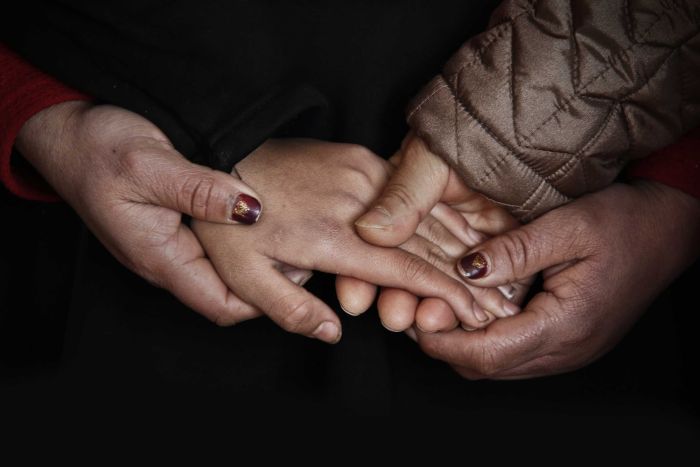
Maria recommends a very gentle hand massage as a way of making connection and comforting someone.
Father Mark agrees.
“This lady was fairly well out of it, I went to talk to her, [took her hand] and she opened her eyes and looked at me — and had never met me before — and said, ‘Oh Father, thanks for coming’,” he says.
Again, it’s a good idea to ask for permission before touching someone. They might not be in the mood, or might be experiencing pain and not want any touch.
I think they’re dying now. What do I do?
Until you’ve gone through it, none us really know how we will react if we’re there at the time someone’s life ends.
Father Mark’s advice to families he visits is to “embrace the reality” of what’s happening and allow themselves to feel.
“They don’t have to panic [about the fact] that they just want to cry, or they’re so frustrated and they’re sad and hurt, and angry even,” he says.
“All those things can be a part of it.”
Father Mark says he encourages families to stay in the room if possible and be a part of what’s happening. Often what’s happening is not much at all.
Debra was with a family in an aged care facility when their loved one was dying.
“They went straight into storytelling,” she says.
“He was already unconscious. His fingers were already turning black.
“They held vigil, they talked around the bed. They used his name a lot and they talked to him.
“They gave him the most beautiful farewell. It was lovely.”
No-one is dying yet. But can I be prepared when it comes?
Sometimes we don’t get any opportunities to sit with someone before they die — death can sometimes come when no-one is expecting it or ready for it.
Spending time with strangers who are dying has given our interviewees a sense of wanting to make sure they and their families are as ready as possible for that moment.
Their advice is to think ahead now.
“I’m going to make that advanced care directive, I’m going to write that will,” Debra says.
“And I’m going to resolve those relationships so that when I am on my deathbed, I’m at peace. And my family can be at peace as well.”
Complete Article ↪HERE↩!

